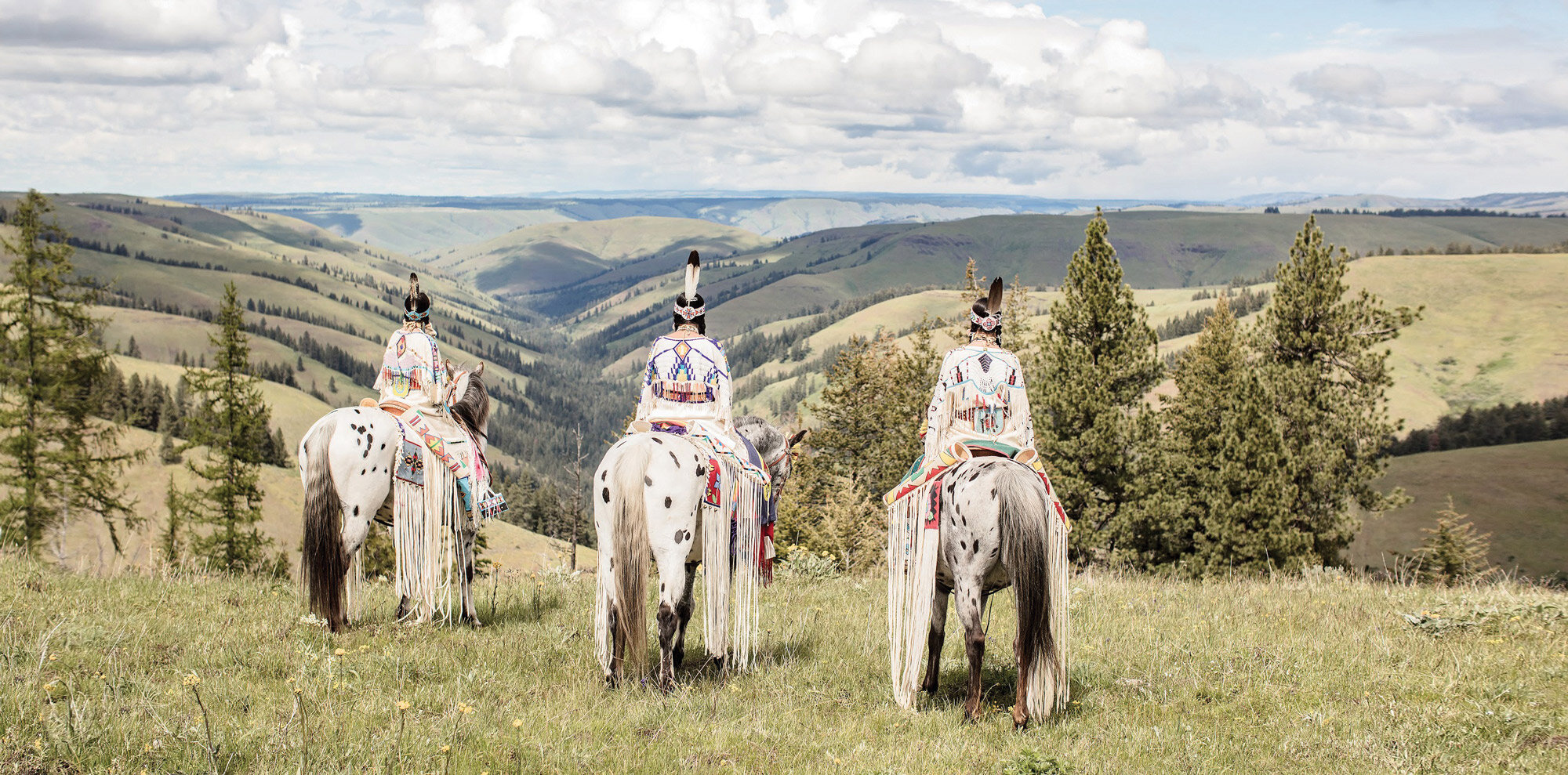Traveling a Vast Country

To value a place is to know it in a familiar way,
A DEEP KNOWLEDGE OF THAT PLACE AND EVERYTHING THAT BELONGS THERE.
— Bobbie Conner, Cayuse/Nez Perce/Umatilla, 2007

To value a place is to know it in a familiar way,
— Bobbie Conner, Cayuse/Nez Perce/Umatilla, 2007

Harris Sisters on Horseback (Photo by Kyle Lamere)
Billy’s Map (from “The Nez Perce Country” by Alice Fletcher )
Allen Pinkham Jr. and granddaughter (Photo by Joe Whittle)
Contact Information:
Office phone: 541.886.3101
Office email: info@wallowanezperce.org
Mailing address: P.O. Box 15, Wallowa, OR 97885
The Homeland:
70956 Whiskey Creek Rd., Wallowa, OR 97885
Open to the public dawn to dusk, seven days a week (except during special events)
The Visitor Center:
209 E Second St., Wallowa, OR 97885
Open May 6-September 29, 2024
Hours of Operation:
10:00am-2:00pm, Monday-Thursday, or Fridays by appointment. Closed Saturday and Sunday. Call or email the office to make an appointment.